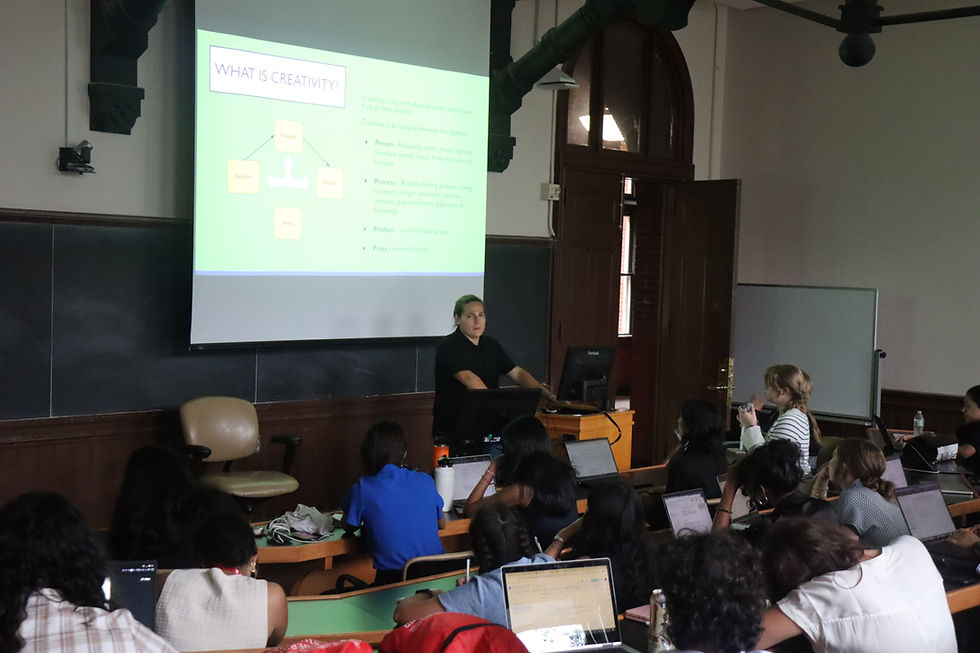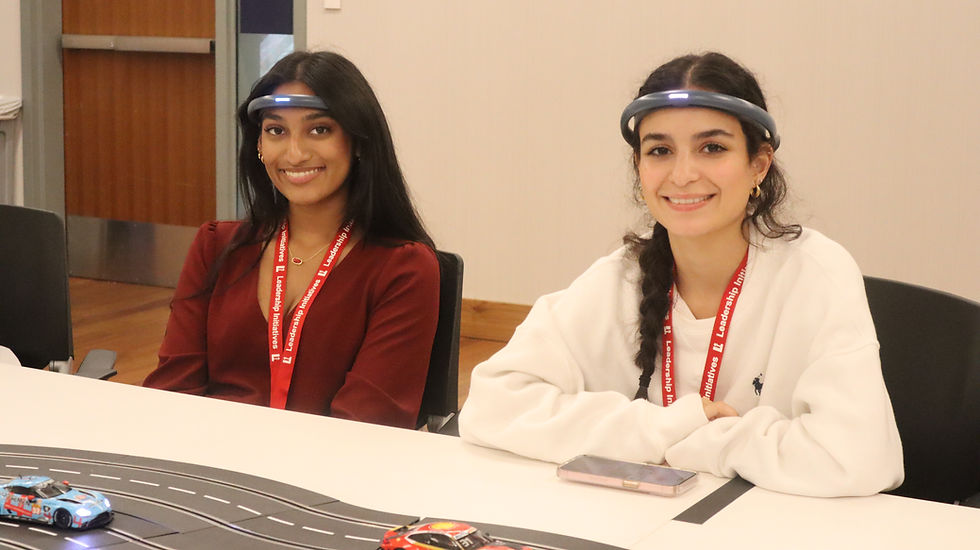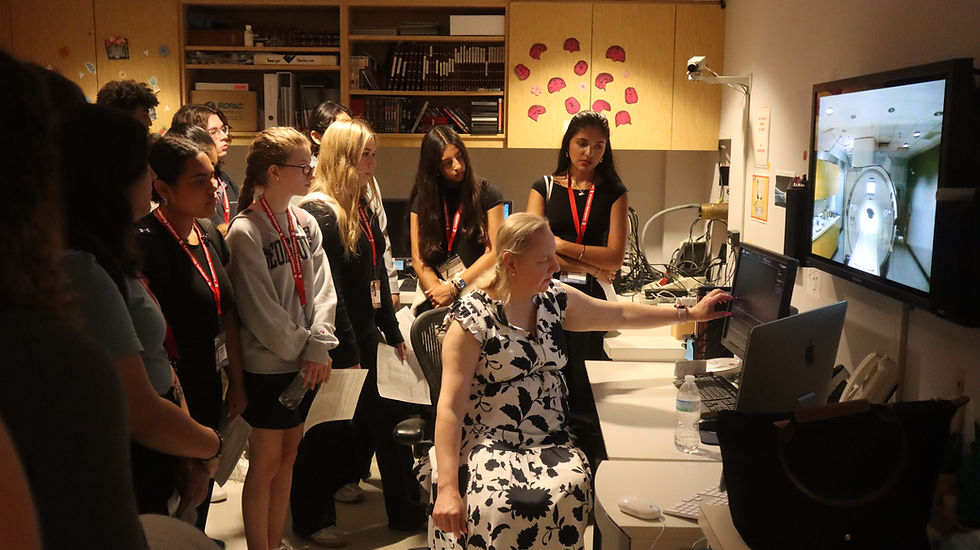Exploring the Neuroscience of Creativity with Dr. Adam Green
- Marshall Bailly
- Jul 11
- 2 min read
On Wednesday, students in the Advanced Medical Neuroscience Internship had the unique opportunity to engage with one of the leading minds in the field of cognitive neuroscience: Dr. Adam Green, Director of the Lab for Relational Cognition at Georgetown University.
Dr. Green’s research sits at the fascinating intersection of neuroscience, creativity, and education. His work focuses on understanding how the brain generates our most powerful and original ideas. Through both internal neural investigations and external neurostimulation techniques, Dr. Green and his team explore the mechanisms behind creative relational reasoning, which refers to how we connect ideas in new and meaningful ways.

As the founder and former president of the Society for the Neuroscience of Creativity and the current Editor-in-Chief of the Creativity Research Journal, Dr. Green is a pioneer in this emerging field. His passion for studying creativity, not just in theory but also in real-world learning environments makes his work especially meaningful for students.
During their time in the Lab for Relational Cognition, interns were introduced to active research methods used to study how creativity and intelligence are linked in the brain. They explored how neuroscience can inform better teaching strategies and support student learning, especially in settings where innovation and critical thinking are essential.

Adding even more depth to the experience, Dr. Green’s research assistants worked directly with students, guiding them through hands-on demonstrations of cutting-edge brain research tools. Interns had the opportunity to learn about and engage with transcranial direct current stimulation (tDCS), neurofeedback techniques, and functional near-infrared spectroscopy (fNIRS). These experiences gave students a rare window into the practical applications of cognitive neuroscience and how real-world research is conducted in an academic lab setting.

Dr. Green’s engaging and thoughtful approach made students feel like active participants in the scientific process. His ability to explain complex concepts in clear and accessible ways inspired many to consider how neuroscience can play a role not only in medicine but also in education, technology, and public policy.
One intern shared,
“I never thought about how creativity could be mapped and studied scientifically. Dr. Green made me realize that neuroscience isn’t just about disease and treatment. It’s also about potential.”
The session was a powerful reminder that science does more than solve problems. It invites us to ask better questions. Thanks to Dr. Green and his team, our students walked away not only with a deeper understanding of cognitive neuroscience but also with a broader view of the possibilities within their own minds.





Comments